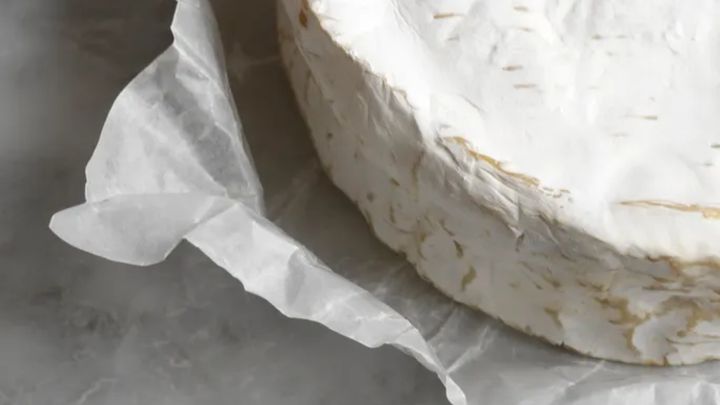
I’ll be honest: it took me a long time to learn to love cheese, and I only properly veered out of my rarely-eaten mozzarella and Cheddar lane in my early 20s.
Goat’s cheese and feta stuck first, but it took me years to like my now-beloved brie ― thanks in part to its unappetising rind, which always tasted like ammonia to me.
But according to cheesemonger Madelyn, I might be making a common mistake and missing out on a great part of my meal.
In a TikTok, the former cheesemaker said you can definitely eat the rind ― “and it’s encouraged” so long as the brie is properly prepared.
Why eat the rind to begin with?
Madelyn explained that brie and cheeses like it are “a living thing.”
That’s not to say it’ll clamp its jaws down on your knife as you try to cut it of course ― just that they’re brimming with mould and “good” bacteria.
“The rinds are formed by special strains of mould,” the cheese expert said, “like Penicillium candidum.”
These spores are added in during the cheese-making process, “typically after the culture has been added but before the rennet.”
After it’s been made, brie goes into a “fairly humid ageing room” to ripen or age.
The spores infused into the cheese eventually sprout out of it, forming a rind.
The “velvety rind... is in a lot of ways like a giant mushroom,” Madelyn says.
“And I know this might sound gross to some, but the mould and microbes that develop this rind give these cheeses their beloved creamy texture,” she added.
“So I do encourage you to at least try the rind of [brie] as it is what makes these cheeses this type of cheese ― but I won’t judge you if you don’t like it.”
How should I remove the ammonia taste?
A lot of commenters disagreed with Madelyn, writing that the rind “tastes like ammonia smells.”
But the cheesemonger explained that that funky flavour is easily removed.
“Ammonia is a byproduct of the creation of this rind,” she shared in a comment.
She advises we “try leaving it unwrapped and get it to room temperature before eating it,” adding “that should get rid of it if the cheese isn’t bad.”
Food and wine writer Janet Fletcher agrees, saying that the ammonia created by ripening the cheese is usually ventilated on the racks in creameries.
But when it’s packaged (especially in plastic film), that ammonia gets trapped.
Unwrapping it and leaving it out at room temperature for at least 30 minutes should banish the stink ― if not you might have an overripe cheese on your hands.
How should I remove the ammonia taste?
A lot of commenters disagreed with Madelyn, writing that the rind “tastes like ammonia smells.”
But the cheesemonger explained that that funky flavour is easily removed.
“Ammonia is a byproduct of the creation of this rind,” she shared in a comment.
She advises we “try leaving it unwrapped and get it to room temperature before eating it,” adding “that should get rid of it if the cheese isn’t bad.”
Food and wine writer Janet Fletcher agrees, saying that the ammonia created by ripening the cheese is usually ventilated on the racks in creameries.
But when it’s packaged (especially in plastic film), that ammonia gets trapped.
Unwrapping it and leaving it out at room temperature for at least 30 minutes should banish the stink ― if not you might have an overripe cheese on your hands.